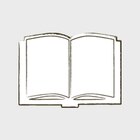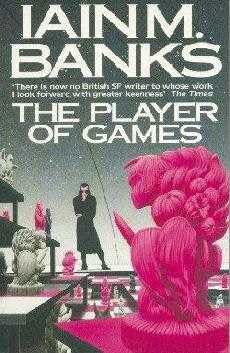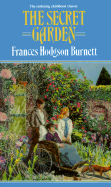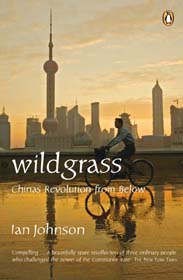 Looking for the Lost: Journeys Through a Vanishing JapanAlan Booth
Looking for the Lost: Journeys Through a Vanishing JapanAlan Booth(Kodansha America, New York: 1995)
READ: February 2007I've mentioned this before: Alan Booth is often mentioned as the quintessential travel writer of Japan. Like in
The Roads to Sata, Booth takes us deep into the heart and soul of Japan and ordinary Japanese. Published a few years after his premature death from cancer in 1993,
Looking for the Lost, is actually three shorter novellas detailing three different walks he took in Japan.
First,
Tsugaru. This is the peninsula at the very northern end of Honshu, the central Japanese island, in Aomori Prefecture. Booth sets out in May 1988 to walk the same route taken by a Japanese author 44 years previously.
Second,
Saigo's Last March, wherein Booth recreates the route taken by Saigo Takamori in August 1877, when Saigo, a previous government minister and one of the leaders of the loyalist army that defeated the shogun, led a final, ill-fated protest again the new government.
Third,
Looking for the Lost itself, which, I was slightly thrilled to learn, was Booth's recounting of his walk along the length of the Nagara River through Gifu Prefecture (!). He is following what might be the path taken by the survivors of the ruling Heike clan after they were run out of the imperial capital of Kyoto and forced to flee in the late 12th century, one of the seminal points in Japanese history.
As I expected,
Looking for the Lost was a tremendously enjoyable book, though, I must admit, there was something almost disquieting about reading about Japan in such a personal way, but one that was so different from my own (and my own could never hope to be similar). We all view countries in our own ways, and while I don't know if Booth loved Japan, he certainly was fascinated by it. And that, I think, is what makes his two books so good. He is not vaunting Japan, nor, à la
Will Ferguson, poking fun at its idiosyncracies. He just tells the story as it is, as it happens.
I think I may have enjoyed
Looking for the Lost even more than
The Roads to Sata. The fact that there were three stories of three very different parts of Japan, each meticulously described with great personal anecdotes that really brought the regions to life, was excellent. It also probably helps that I am now in Japan and can better relate to some of his experiences. Also, the Japan he describes here feels different from the Japan in
Sata, which was a Japan of the late 1970s and vastly more inward-thinking than it is now (as difficult as it is to imagine; Japan still being largely fixated on itself and often unaware of the larger world outside its borders).
And yes, most importantly, Booth does find the lost Japan he'd been looking for for the past 20-some years. He finds it, most poignantly for me, in Gujo-Hachiman, a small castle town about an hour's drive north of Gifu City. Having been there myself last October, some 15 years after Booth's visit, though I wasn't yet aware of Booth's opinion on the town, I felt at the time that it was a relatively untouched corner of Japan. Sure, the town has some industry and modernized facilities, and there are convenience stores like everywhere else, but there's also a certain charm, a certain Japanese-ness, some kind of magical / traditional quality to Gujo-Hachiman's streets and buildings that is hard to find in the rest of Japan, if at all.
So, my only problems with Booth's books are that there's only two of them and that I cannot help but compulsively read both of them entirely too fast.



























